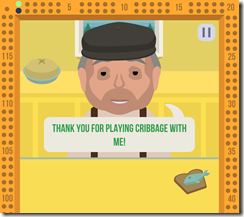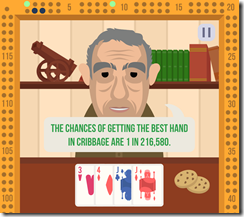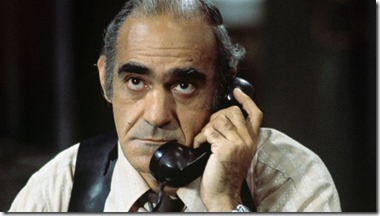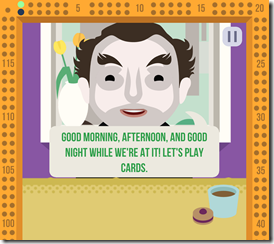Stacklands (PC)
Released: April 8, 2022
If you were to chart the highs and lows throughout the history of card-based computer games, you’d end up with a wild and likely murderous rollercoaster that no living human could possibly meet the height requirements to ride. Starting with faithful recreations of classic barnburners like klondike solitaire, you’d quickly move on to collectible card games like Magic the Gathering and YuGiOh. These inspired the strictly digital CCGs like Sanctum and Hearthstone and then onto this new golden age. Taking card mechanics and seeing how they can be used in traditionally non-card-based video games, games like Darkest Dungeon and Slay the Spire bringing deckbuilding to the rogue-litey dungeon-crawly genre.
Stacklands is another notable point on that wild timeline o card games. It starts off with the quaint village builder genre and makes it all cards. But not just that, it adds its own unique touches, like the simplicity of sloppily laying cards on a big green play mat. And the frantic energy of somehow having no idea where the thing you just put down a second ago is. And in the process, it’s a watershed moment in the barely written history of card-based survival village builders, a genre that desperately needs a better acronym.
Stacklands, from the Dutch studio Sokpop Collective, takes the tried-and-true mechanic of “rub everything against everything else and see what happens” and asks you to build a village with it. If you had an iPhone in the early days of the App Store you may have frequently seen a game with a similar and far simpler implementation of this idea called Doodle God. Or, if you are currently receiving AARP mailers, you may have played a DOS game in the late 90’s called Alchemy. Both games asked you to take a small number of base elements and combine them to make new ones, and then combine those with the base elements, and with each other, to create even more. Repeat until you’ve created the universe and baked an apple pie from scratch.
Stacklands starts you with cards for a villager, a rock, a tree, and a berry bush. The rest up to you. Time to start experimenting! Put the villager on the rock and watch them chip away netting you new Stone and Flint cards. Put that same villager card on that tree card and that multitalented worker yields stick cards and log cards. Maybe you’re clever and you think rubbing a flint card on a stone card might produce a fire card? Or that a couple of log cards and some elbow grease might net you something? The discoveries come quick and easy because, for the most part, the things Stacklands asks you to do come naturally and make sense.
But, like any good card game, you can’t get by on the base cards alone, no matter how much stacking and rubbing you do. What you need are injections of new ideas and resources in the form of booster packs lined up neatly in a row at the top of the screen with themes like “Reap and Sow” or “Logic and Reason”. They may lack the punchiness of “Sword and Shield: Fusion Strike” or “Urza’s Legacy”, but after just a few minutes in the world of Stacklands the mind reels at the possibilities of what could be reaped and/or sown. All that’s required is that you sell a few of your excess cards for coins, and survival games always have plenty of resources to spare, don’t they?
Layered on top of all that casual experimentation and tearing open of card packs are some very real threats. In Stacklands, as in life, the greatest enemy is the passage of time. Not just existential dread, each day in-game, called a Moon, requires that you have enough food to feed all your villagers. Anyone without enough berries and apples on their plate will be found wanting, and also found dead. So, securing a stable supply of sustenance should be your first priority. Some new days can bring with them horrible creatures to torment, and more specifically kill, your villagers if you have not properly prepared. So, making sure you’re well equipped to protect your village should be your first priority.
There’s also the card cap to keep an eye on. There’s a maximum number of cards you can have in your village, but its only enforced at the end of the day, after everyone’s been fed. This can create some incredibly difficult decisions as you’re asked to part with some of your hard-earned surplus. Do you part with some of the stone and bricks and planks you were saving for that building and try to make them up during the next moon? Do you sell some of the meager food stocks that you managed to hoard? The card cap is constantly looming over you, and increasing it, especially early on, isn’t easy. So, making sure you have proper storage should be your first priority.
If that weren’t challenge enough, the simple interface of grabbing cards and placing them in your village has its own strategic nuances. Cards can be placed and arranged freely, without any designated spots for cards or any grid to snap to. Early on this allows for some very satisfying moments of shoving currently unneeded cards in the corner thinking while you deal with more pressing issues, such as milkshake production. But just as you can place your cards untethered anywhere in your village, so can Stacklands. Any time the interaction of two cards produces a bouncing baby card, it pops out and finds the nearest gap to squeeze itself in, like a cat failing to sneak between photos and candlesticks on a crowded mantlepiece. Cards will get jostled out of the way and whatever organizational system you had quickly falls apart. Enemies and animals can do the same, wandering around your village and shoving cards out of their way. Its an interesting challenge you wouldn’t get in a non-card-based version of this game, but after a few hours you might find yourself wishing you could Right Click > Align Icons to Grid.
Finally, there’s the combat. With the latest Dark Forest update, released on November 9th, some previous issues have been very well addressed. A whole new system of equipping villagers with multiple items has been added to flesh out what had been the weakest part of the game. Villagers can now be arranged in combat to square up against the enemies they’re strongest against, making these encounters feel a lot less like sitting and watching cards shimmy and numbers go down. The update added over 100 new cards as well, meaning that the game that already floored me with its bounty of content has now pulled the floor out from below me to reveal another floor so I could get floored yet again.
Stacklands is at its best when you’re stumbling across new interactions between cards, realizing there’s still more to be discovered. Each new card that’s revealed begs you to start a new game with that foolish bravado of believing you now have the optimal strategy and can get to whatever your next goal is 10x faster. There’s a lot of excitement in building this village, card by card, and a lot of wonder in what Card-Based Survival Village Builders that Stacklands will inspire.





